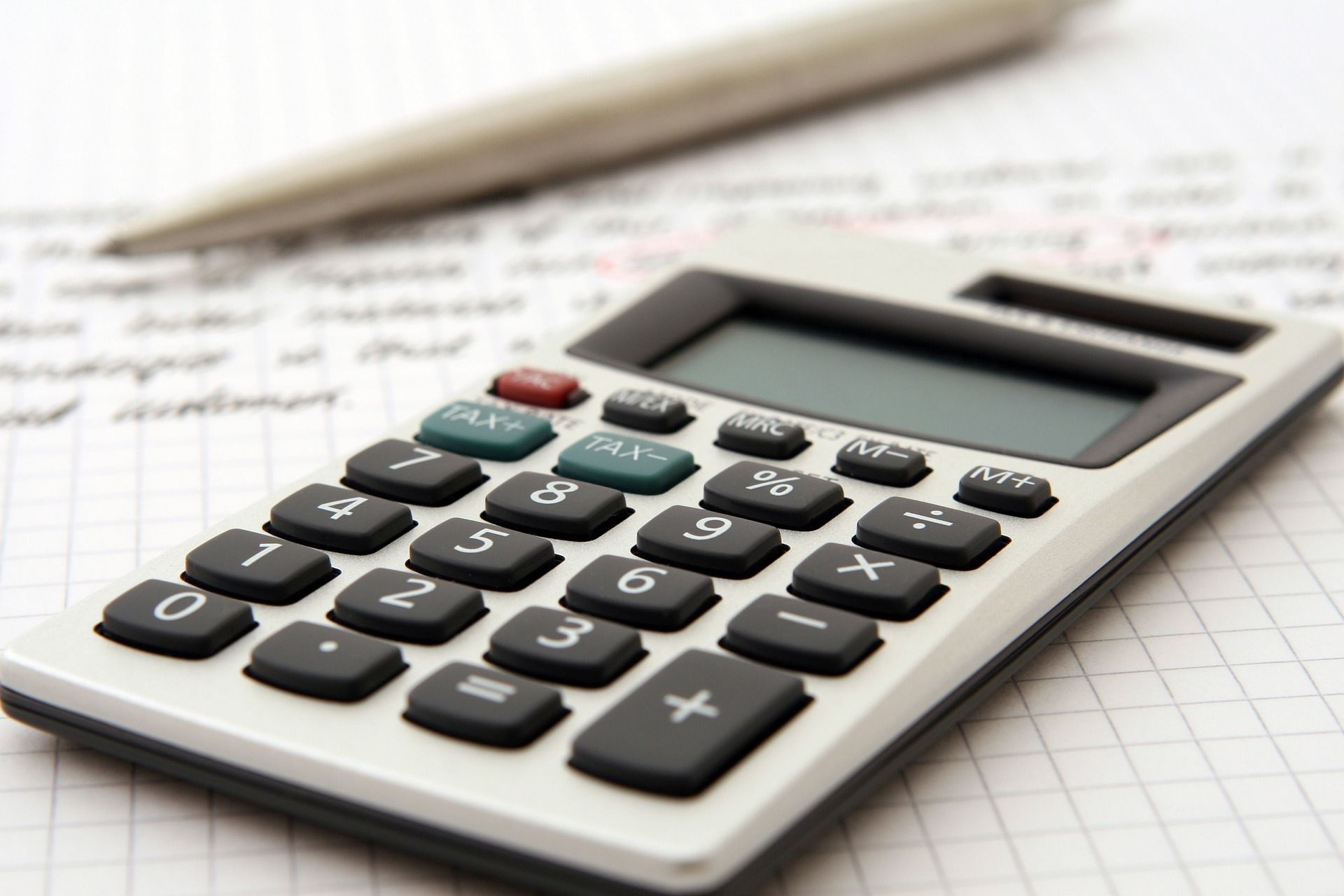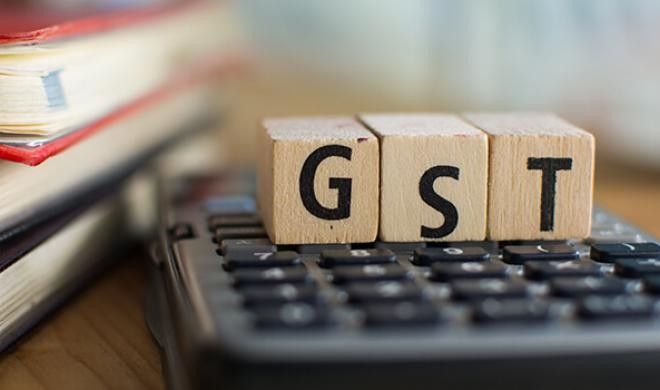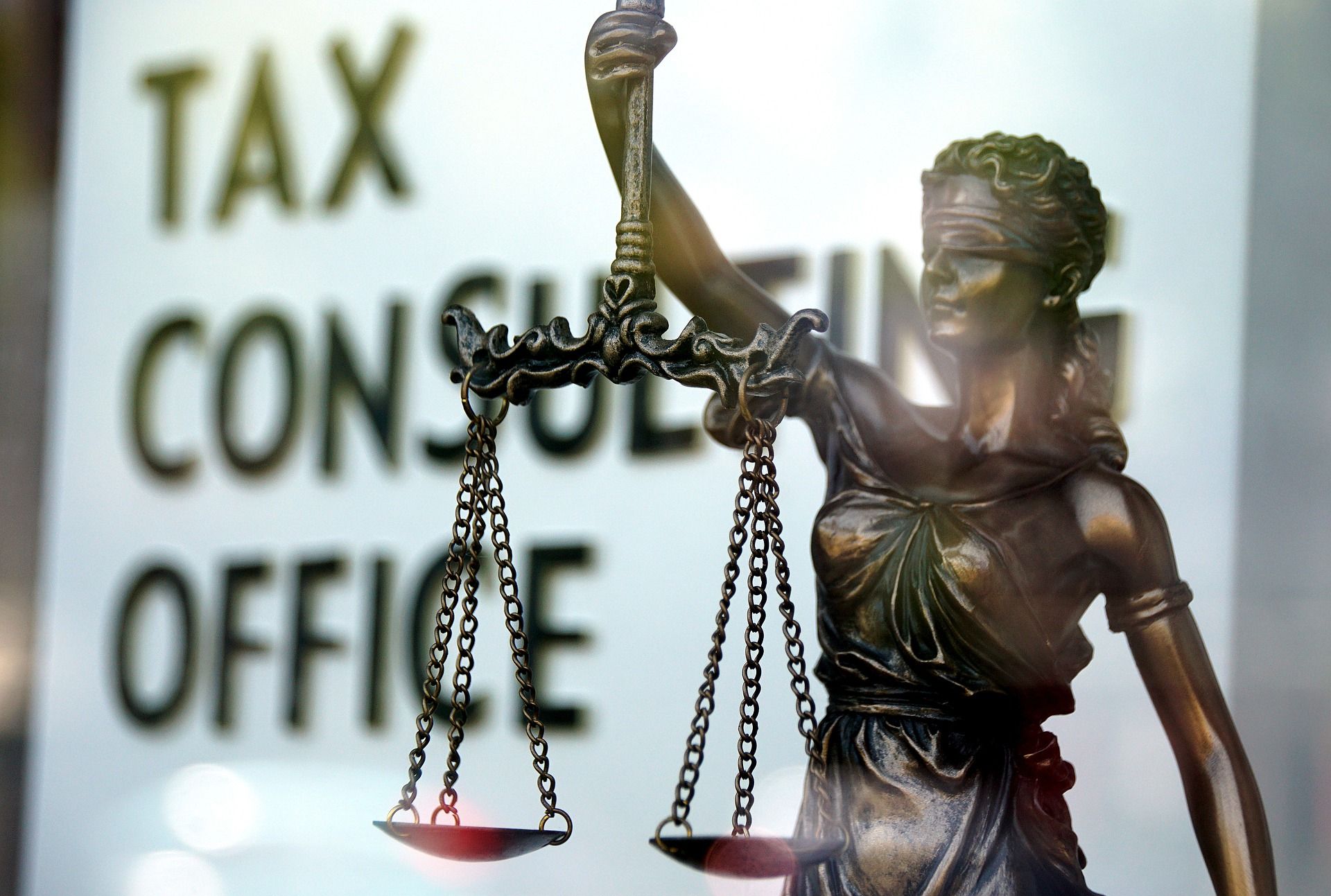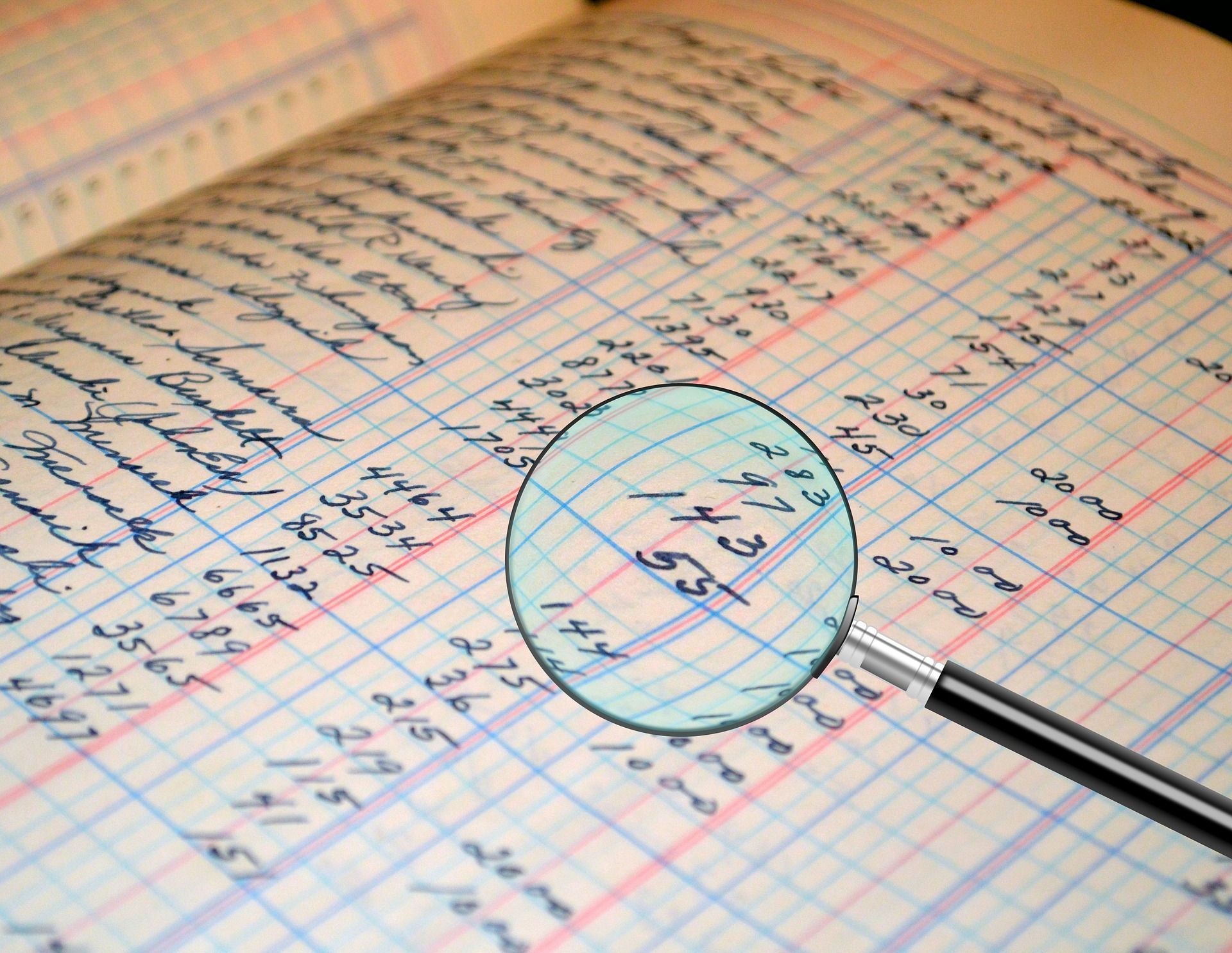Managed by the Goods and Services Tax (GST) system, the electronic cash ledger (e-ledger) is a taxpayer account. It further reflects the taxpayer's cash deposits in recognized banks as well as payments of taxes and other dues.
Furthermore, the Central Goods and Services Tax (Section 49) regulates the new payment procedures, whereas the Central Board of Excise and Customs (CBEC) issues the rules.

To understand the e-ledger concept in detail, we have composed this guide that will provide you a thorough overview of this subject. Let’s analyze each of them in detail:
- Electronic Ledger (e-Ledger)
- Elements
- What is Electronic Cash Ledger?
- All about Electronic Credit Ledger
- What is Electronic Liability Ledger
- Deposit Method Techniques
- Payment Forms GST
- Utilization Rules
- Utilization and Cross-Utilization of ITC
- Unique Identification Number
- Additional Information
- Frequently Asked Questions (FAQs)
Electronic Ledger (e-Ledger)
Basically, an e-Ledger is the computerized passbook model for GST. It is available on the GST portal for all GST registrants. In addition, these e-ledgers includes some crucial information:
- The amount of GST gets deposited in cash to the government in the electronic cash ledger.
- Set off of GST liability and balance liabilities in a certain way (if any) electronic ledger of liability.
- Electronic credit ledger provides Input Tax Credit (ITC) balance.
Through the GST portal, a taxable individual can easily follow his/her tax liabilities. It further includes three ledgers. And, each of them gets updated in real-time. It includes:
- Cash Ledger (Electronic)
- Liability ledger (Electronic)
- Credit ledger (Electronic)
Elements
The electronic credit ledger is circulated on the common website portal. It is in the GST PMT-02. Further, it includes the following components:
- Date Reference number Serial number.
- Transaction Type (debit/credit).
- Tax period description.
- Integrated tax, central tax, state tax, cess, and total are several types of taxes.
Follow the below steps to assess this ledger:
What is Electronic Cash Ledger?
The electronic cash ledger reflects all the GST payments paid in cash or through the bank by the taxpayer. Further, the individual who is liable to pay tax, interest, late fees, penalties, or any other sum requires to fill Form-GST PMP-05 on the common portal.
Furthermore, the registered taxpayer should generate a challan in Form GST PMT-06 under the rules/act in the prescribed time. The individual needs to input the details of the amount submitted for tax, penalty, fees, interest, or any other sum in this ledger. Note that it is valid for a time period of 15 days.
Refer to the following methods to make your payments:
- Credit or Debit card (via authorized banks only)
- Online banking (via authorized banks only)
- Over-the-counter (OTC) payment. It is for a deposit amount of up to 10,000 Rs per challan and per tax period (through authorized banks only)
- Real-time Gross settlement (RTGS) or National Electronic Fund Transfer (NEFT) (any authorized bank or unauthorized bank)
Note that, unregistered taxpayers who need to make a tax payment can implement it through the online GST portal. In addition, a temporary identification number will get allotted to unregistered taxpayers.
All about Electronic Credit Ledger
The electronic input tax credit ledger is the other name for electronic credit ledger. This ledger must be credited with every ITC claim that the taxpayer has self-assessed.
Furthermore, the amount can only be utilized to pay output tax here. Besides, a direct entry into the electronic credit ledger is prohibited under any circumstances.
Electronic credit ledger contains the following elements:
- ITC on registered taxpayers' inbound supply
- ITC available relying on distribution from input services distributors (ISD).
- Input tax credit ledger on stock-held/semi-finished products or finished goods held in stock on the day before the taxpayer became due to pay tax. It is provided that the individual applies for registration within 30 days of becoming taxable.
- A payment made on a reverse charge basis qualifies for an ITC.
- Permissible ITC on inputs kept in stock and inputs contained in semi-finished or finished items stored in stock on the day of the conversion from the composition scheme to the standard tax scheme
Every taxpayer, with the exception of the following, must keep an electronic credit ledger on the GST system.
- Input service distributor.
- Individuals who are responsible to deduct tax at the source under the GST.
- Composition dealer.
- Individuals who are responsible to collect tax at the source under the GST.
The taxpayer can check the input tax credit (ITC) throughout the tax period on the electronic credit ledger. To pay the tax obligations, the ledger's balance is utilized.
- The credit ledger will indicate the excess GST credit balance if the GST liability is less than the ITC.
- If the GST liability exceeds the ITC, then the difference will be debited from the electronic cash ledger.
What is Electronic Liability Ledger?
A taxable person's liabilities get recorded in the electronic liability ledger. You will find the overall GST liability listed in the ledger, as well as the method of payment — cash or credit.
The electronic liability ledger includes the following components:
- The tax, interest, late fees, or any other sum due based on the taxpayer's return or any proceedings.
- ITC or interest rate reversal.
- Any interest that may accrue at any point in the future.
- Any tax and interest are due as a result of an ITC or production tax liability mismatch.
The following is the sequence in which taxpayers should settle their debts:
- Taxes and other dues that have been self-assessed. It includes interest, penalties, fees, or any other amount related to past tax periods' returns.
- Any other amount is due under the rules or laws.
- Taxes and other obligations linked to the current tax period return that have been self-assessed.
Deposit Method Techniques
Any of the following techniques can be used to make the deposit:
- Banking on the internet with a licensed bank.
- Authorized banks accept debit or credit cards.
- Electronic Fund Transfer (NEFT).
- Gross Settlement in Real-Time (RTGS).
- Cash, Cheque, or demand draft can be used to make a counter payment through authorized banks. The deposit restriction does not apply to deposits made by the following entities:
— Government departments or any deposit specified by the commissioner
— Proper officer is entitled to recover overdue due from unregistered or registered persons.
— An authorized official is responsible to collect the amount in cash, check, or demand draft during any investigation.
Note that: An unregistered user can also make a payment by using a shared gateway to generate a temporary identification number.
Payment Forms GST
Following is the table for your reference:
Utilization Rules
The following rules will be applied to the accumulated balance of input tax credit in the computerized credit ledger:
Utilization and Cross-Utilization of ITC
The input tax credit that is accessible in the computerized credit ledger should be used as follows:
As shown in the table above, central tax cannot be used to pay state or union territory taxes, and state or union territory taxes cannot be used to pay central tax.
However, interest on a late payment begins to gather the day after the payment is due. It works according to Section 50 of the CGST Act. Moreover, this is true for both missing payments and payments that aren't completed in full.
Moreover, interest payments are automatic and should be provided freely, even if there is no demand. The Government will set the interest rate, which will not exceed 18 percent, based on the GST Council's suggestion.
Interest will be paid at a higher rate. However, it should not exceed 24 percent. It is further applicable only if there is an unreasonable or excessive claim of ITC or an undue or excessive reduction in production tax liability, as determined by the government.
Unique Identification Number
A unique identification number gets generated at the common online GST portal. It is further implemented for each credit or debit to the electronic credit or cash ledgers (e-ledger).
Furthermore, this unique number should be entered in the computerized tax liability register's related entry.
Additional Information
The electronic ledger or electronic cash ledger gets charged when any payment or liability gets transacted. Further, the electronic liability register gets credited. And, shows the monthly net tax liability.
It gets presumed for those individuals who have paid taxes on services or goods to have a clear full incidence of that tax to the recipient.
Moreover, the balance in the electronic cash ledger or electronic credit ledger gets reimbursed. It occurs after payment of tax, interest, penalty, fees, or other amounts.
However, in case a refund claim gets rejected, then the debited amount will be re-credited. It gets re-credited to the electronic cash ledger or electronic credit ledger (e-ledger). It is the responsibility of the higher authority officer.
Frequently Asked Questions (FAQs)
Check the following frequently asked questions that will clear all your doubts.
- How can I download a credit ledger?
Of course. From the dashboard in CSV or PDF format, you can download and save the credit ledger. In addition, for six months, you can view or download this ledger.
- Do I have the option to edit the credit ledger?
No, it is not possible for you to edit the credit ledger. You only have the option to view it.
- Who is responsible for managing the electronic credit ledger?
GST systems hold the responsibility to manage the electronic credit ledger.
- Can I view another taxpayer’s electronic credit ledger?
No. The only taxpayer or Jurisdiction officer can view the electronic credit ledger.
- What to do if the claim is rejected?
In case the payment amount claimed is rejected fully or partially. Then, the debited amount will be a credit to the cash ledger. It is further done by a higher official using a Form GST PMT-03
- What if payments made via challan do not reflect in the cash ledger?
The taxpayer must file a complaint with the GST Portal using the GST PMT-04 form in case challan payments do not showcase in the cash ledger.
- Transaction viewing details?
For a limited time, the taxpayer can access the details of transactions conducted in the electronic cash ledger. This option is available on the Electronic Cash Ledger's landing page.
Final Takeaways
We have summarised the final important points for your reference. Let’s cover:
- Managed by the Goods and Services Tax (GST) system, the electronic cash ledger (e-ledger) is a taxpayer account.
- The electronic cash ledger reflects all the GST payments paid in cash or through the bank by the taxpayer.
- The individual who is liable to pay tax, interest, late fees, penalties, or any other sum requires to fill Form-GST PMP-05 on the common portal.
- The registered taxpayer should generate a challan in Form GST PMT-06 under the rules/act in the prescribed time.
- The electronic input tax credit ledger is the other name for electronic credit ledger.
- Interest on a late payment begins to gather the day after the payment is due. It works according to Section 50 of the CGST Act.
- A unique identification number gets generated at the common online GST portal. It is further implemented for each credit or debit to the electronic credit or cash ledgers (e-ledger).
Related Articles










